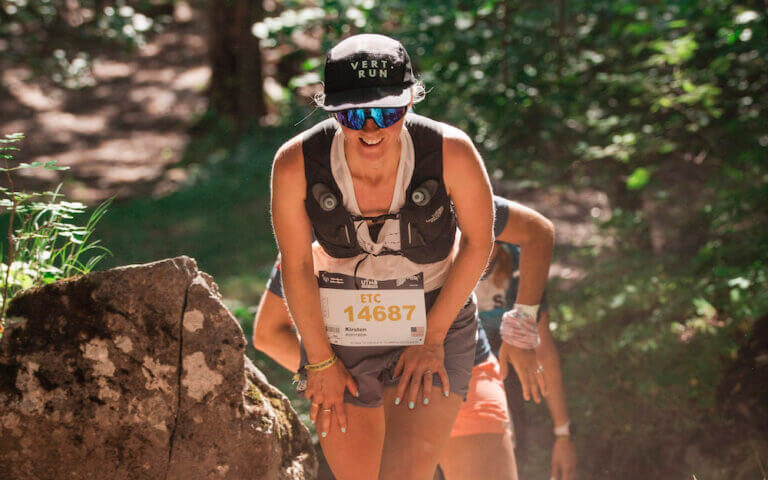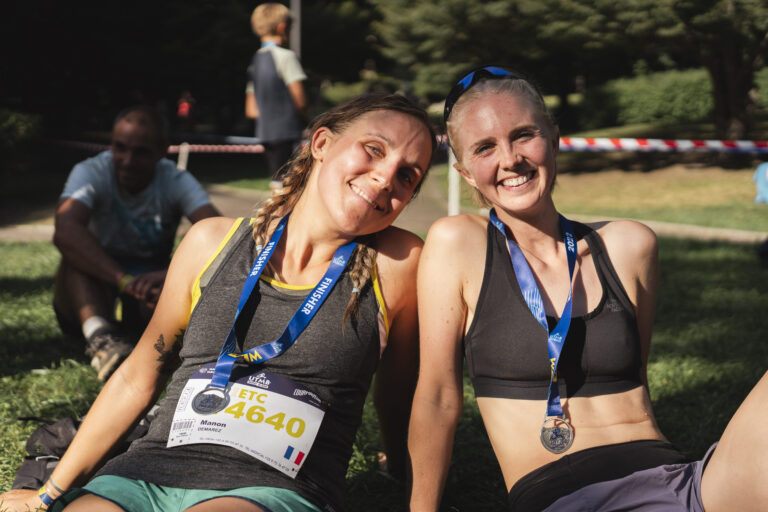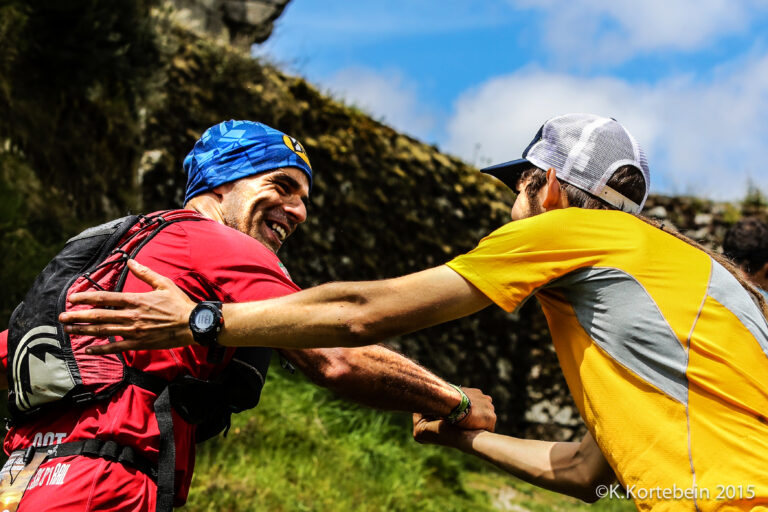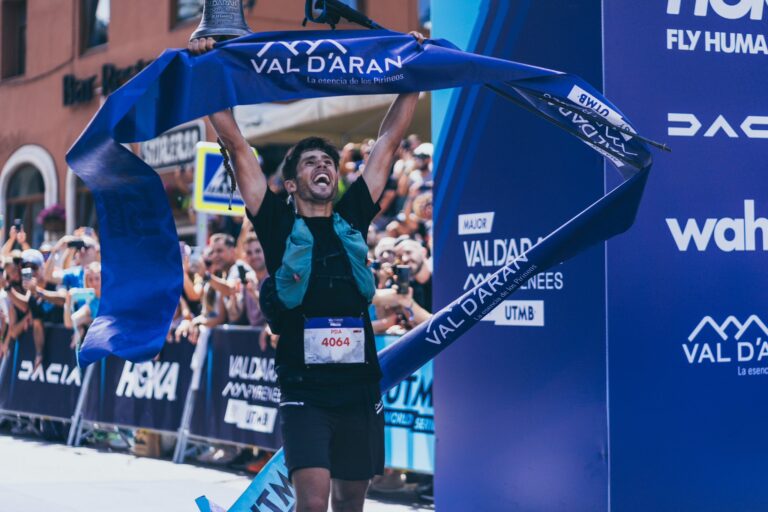When temperatures increase, endurance sport performances can be affected. This is particularly true in trail running, where a combination between enhanced sweating and insufficient rehydration during the effort can lead to dehydration. In fact, our bodies can tolerate relatively small degrees of dehydration: around 1-2% of our body weight without compromising performance. Higher levels of dehydration (more than 3%) can drastically reduce the performance and also compromise our health (heat stroke).
Studies show that when our organism loses 2% of its body weight in water, the rate of perceived exertion increases and performance worsens by 10%. If the athlete is not acclimatized to the weather conditions (temperature and humidity), the same decrease in performance results from a body weight reduction of just 1%.
Why is sweating important?
Sweating is essential. During a demanding physical activity our muscular work increases the metabolic heat that, like in a car engine, must be dissipated in order to keep the body’s homeostasis. Sweating decreases our body temperature, subtracting 0,6 kcal of heat for every gram of sweat that evaporates from the body. This only refers to the amount of sweat that evaporates from our skin: the one that soaks our clothes or that drops on the ground only subtracts water and minerals to the body, but does not reduce the body temperature. In any case, the lost amount of water and minerals must be replaced with reintegration.
The more humid the conditions, the less the percentage of sweat that can evaporate from the body. In this case, only acclimatization can help and reduce the disadvantages of training and racing in high humidity and temperature conditions. One of the problems is that athletes lose water from their bodies not only in liquid form, but also through water vapor. And, very often, they don’t realize that!
Strategies for a good thermoregulation and hydration
Adopting effective strategies in order to obtain a better thermoregulation and hydration is crucial to prevent an excessive rise of the body temperature. And this leads to a better performance and better feelings during the run.

Do not wait to become thirsty:
Start your training well hydrated and drink constantly every 15-20’. The ideal mix: water and a small addition of minerals, well diluted. Thirst is not always a reliable indication of a real necessity of water from the organism. Little and often is better!
If you are sweating very little:
Due to low temperature or humidity, sometimes just water is enough. If the sweat is soaking your tank and your race is longer than one hour, you need to reintegrate the electrolytes that you’re losing with sweat: mostly sodium, chlorine, magnesium and potassium. Supplements with magnesium and potassium should be consumed post-exercise, during the effort sodium and chlorine are more indicated. They are usually sold in the form of salt tablets.

If you sweat a lot:
Fill your water bottle with a mix of water and electrolytes during training. If you can’t do it while running, make sure you take them after your training session! Remember that only by replenishing the mineral losses at the end of your effort, the energetic and muscular recovery will truly be effective.
Energy depletion:
It is true that the primary concern during longer runs is energy depletion. The focus, then, should be calories, rather than electrolytes, replenishment. Sport drinks, energy bars, energy gels and “real” food already contain enough sodium to replenish what you’ve lost through sweat. For shorter runs that won’t seriously deplete your energy reserves, plain water is fine. If you do plan to use a carbohydrate or electrolyte drink mix, make sure to use it in training before race day.
Practice hydration:
My main piece of advice is that you practice your hydration: try to get an idea of how much you can drink without feeling uncomfortable during your long runs, even if it’s not hot. Then, plan your hydration carefully based on what you learned during training: estimate how much time you will need between each refreshment point and calculate the necessary water and food to carry. Always add a little extra to avoid taking risks!

Pay attention to your equipment:
Wear light and breathable clothes that do not cause any friction to your movements. On a sunny day, a trail cap can really make a difference, and even more if you soak it in cold water every time you find some. What about your trail vest and socks? try to use gear as breathable as possible. Use cold water and sponges to cool the body temperature: apply them behind the neck, on the front, on your wrists.
Menthol:
Can relieve the discomfort of a hard effort performed in very hot and humid conditions. Studies conducted with elite athletes show that they reported better thermal comfort and a lower rate of perceived exertion. The main advantage of menthol, ingested orally, is that it makes the organism feel like it is in a cooler environment than what it actually is.
Train smarter, easier, stronger: get ready to unlock your full potential with Vert.








